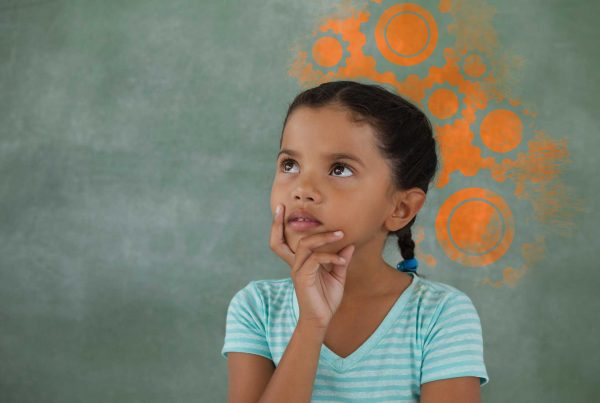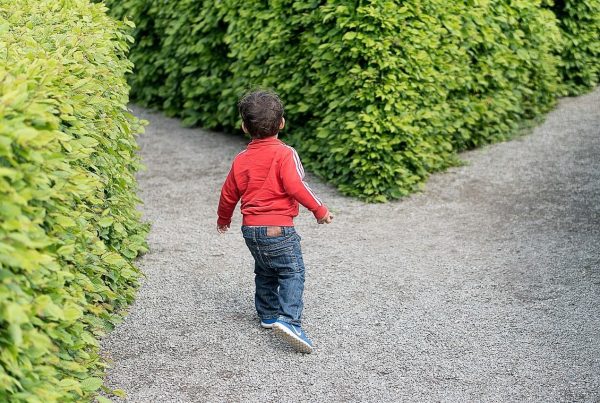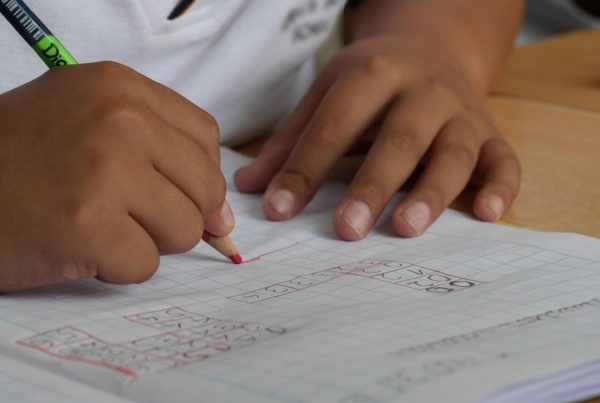
Understanding Visual-Spatial Awareness and Nurturing These Skills in Your Child’s Everyday Life
Visual-spatial awareness is the ability to be mindful of oneself in space and of the positions and shapes of objects in that given space. This skill is necessary for reading maps, playing sports, processing math equations, and more. A lack of visual-spatial awareness can affect a child in a variety of ways, such as knowing which shoe to put on which foot, misunderstanding directional space, and poor mathematical and reading skills. Here are some ways to nurture visual-spatial awareness skills in your child’s everyday life:
- Building and Construction Toys: Provide toys like building blocks of different shapes and sizes and LEGO sets. Encourage children to create structures, patterns, and designs. Discuss the spatial relationship between blocks (ex. on top, beside, under).
- Outdoor Play: Engage in activities like hopscotch, jump rope, or sports that require spatial awareness. Explore nature and discuss spatial relationships in the environment.
- Observation and Comparison: Encourage children to observe and compare the sizes, shapes, and positions of objects Play games that involve matching or categorizing based on visual attributes to further enhance critical thinking.
- Cognitive Mapping: Teach children to create mental maps of their surroundings. Discuss landmarks and spatial relationships within their familiar environment.
- Mindfulness Activities: Introduce mindfulness activities that involve visualization and spatial awareness. Practices such as guided imagery can enhance a child’s ability to mentally manipulate spatial information.
- Timeline Activities: Create timelines of events or stories using visuals. Arrange pictures or objects chronologically, enhancing understanding of temporal and spatial relationships.
- Visual-Motor Integration Activities: Explore activities that coordinate visual perception with motor skills like drawing, tracing, and coloring activities that promote hand-eye coordination.
- Sensory Exploration and Descriptions: Provide sensory experiences and ask children to describe them in detail. Connect sensory input with spatial awareness and cognitive processing in activities such as baking and cooking.
How We Can Help
At Little Thinkers Center, children’s unique developmental paths and individual differences are carefully assessed. A set of highly engaging, experiential activities and games are tailored to each child’s needs to cultivate visual-spatial awareness. Visual Thinking games specifically improve children’s visual-spatial perceptions and the ability to mentally sort and manipulate objects in space. General and Discriminative Movement Thinking exercises help to visually orient the child’c concept of the natural space being occupied. Graphic Thinking activities are introduced to younger children to encourage optimal visual interpretation integrated with proficient movement control.
All Little Thinkers Center activities are presented in a way that fosters success to build confidence, self-esteem, and a sense of accomplishment. Developmental advances are reached as more complex skills are built upon previously mastered skills. Contact us today to learn more about our Afterschool Enrichment Program and our Weekly Social Groups today!



